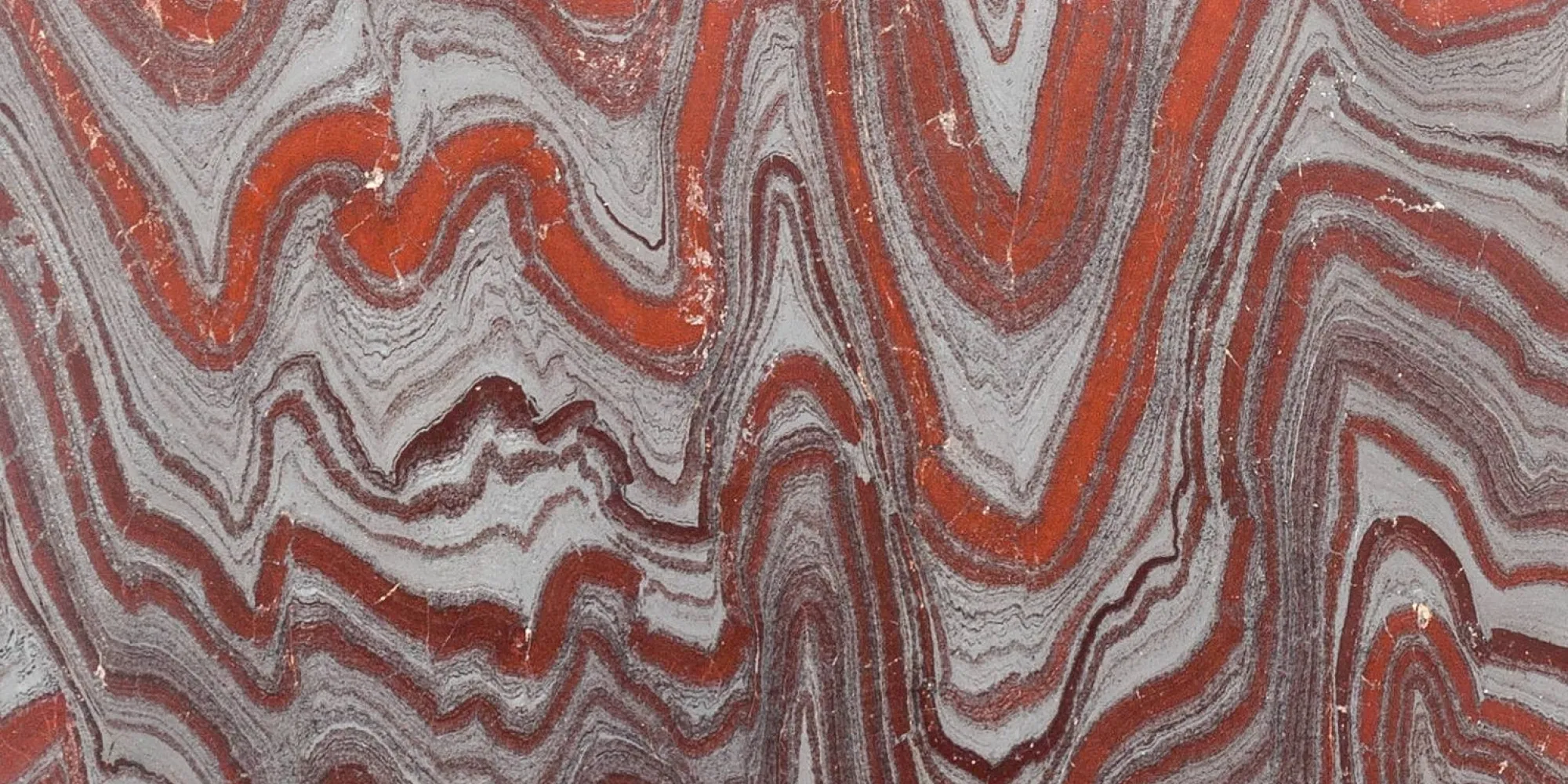Search

About
James Smithson, the founding donor of the Smithsonian Institution, dedicated his life to the study of chemistry and mineralogy, publishing several research papers on the subject and even discovering a new mineral ore now called smithsonite. An avid mineral collector, he amassed over 8,000 specimens that became the initial mineral collection at the Smithsonian, though sadly, this collection was lost during an 1865 fire.
“The specimens, though generally small, are extremely perfect, and constitute a very complete geological and mineralogical series, embracing the finest varieties of crystallization, rendered more valuable by accompanying figures and descriptions by Mr. Smithson, and in his own writing.”
George Brown Goode, Assistant Secretary of the Smithsonian Institution (1887)
During the early years of the Smithsonian Institution, the chemical study of minerals was a priority of the museum. But the collection of mineral specimens did not begin in earnest until the creation of the first National Museum building (currently the Arts and Industries building) in 1876. With ample space, it was now possible to house and display the growing number rocks and minerals received for study. By 1895, the collection included more than 45,000 specimens.
In 1880, two departments—the Department of Metallurgy and Economic Geology and the Department of Lithology and Physical Geology—were formed to manage the growing collections. By 1889, these departments were combined into the Department of Geology, Systemic and Applied, which soon after was renamed as the Department of Geology. That department existed for over 60 years until, in 1963, Mineral Sciences and Paleobiology split into the separate departments that still operate today.